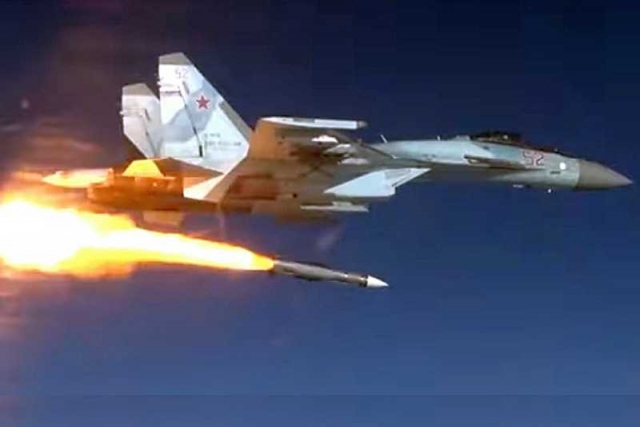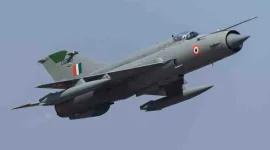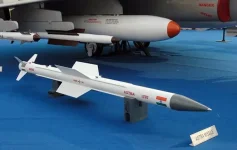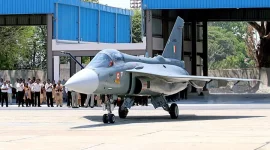- Views: 2K
- Replies: 25
In modern aerial warfare between India and Pakistan, the critical "first shot" advantage is dictated by beyond-visual-range air-to-air missiles (BVRAAMs). This technology allows a pilot to engage an enemy aircraft from dozens of kilometres away, long before a visual dogfight can begin.
For a brief period, the Indian Air Force (IAF) held this technological edge, but a combination of procurement delays and rapid advancements by the Pakistan Air Force (PAF) has reversed the situation. The 2019 Balakot skirmish exposed this vulnerability, a gap that remains a significant concern in 2025.
The strategic balance first shifted in the late 1990s when the IAF equipped its Su-30MKI and MiG-29 fleets with the Russian Vympel R-77 missile. With a range of 80-110 km, it outclassed the PAF's existing arsenal.
However, this advantage was erased in 2005 when Pakistan acquired 500 AIM-120C-5 AMRAAM missiles from the United States for its F-16 jets.
The AMRAAM, offering a 105 km range with superior guidance, proved its effectiveness during the 2019 aerial clash, where it demonstrated greater reliability at long distances than the IAF's R-77s.
In response to the 2019 engagement, India initiated emergency procurements for upgraded R-77-1 missiles and the newly inducted indigenous Astra Mk1.
However, this move to regain parity was swiftly countered by Pakistan. In early 2025, the PAF acquired a new fleet of Chinese J-10C fighters, armed with 240 PL-15E missiles.
This weapon represents a significant escalation, as the PL-15E is a dual-pulse motor missile with an estimated range of 145-200 km, far exceeding any missile in the IAF's active inventory.
The IAF's primary counter to this new threat was its fleet of 36 French-made Rafale fighters. These jets were purchased with the understanding they would be armed with the MBDA Meteor, a ramjet-powered missile widely considered the best in the world.
The Meteor's ramjet engine allows it to maintain high-supersonic speeds throughout its 150+ km flight, creating a massive "no-escape zone" that no other missile can match.
However, as of mid-2025, the delivery and integration of the Meteor missile with the IAF's Rafales remain unconfirmed.
Reports indicate that during a significant border escalation in May 2025, codenamed "Op Sindoor," IAF Rafales were observed flying with only the shorter-range MICA missiles, leaving them at a distinct disadvantage.
This capability gap is compounded by challenges in India's indigenous missile program.
The Defence Research and Development Organisation (DRDO) has successfully developed the Astra Mk1, a capable 110-km range BVRAAM. While the IAF has placed orders for around 400 units, production at Bharat Dynamics Limited (BDL) has been slow.
Defence analysts note that the current small batch orders prevent the production line from reaching its full capacity, delaying the widespread deployment of the missile across the IAF's large Su-30MKI fleet.
Future indigenous solutions, such as the 160-km range Astra Mk2 and the 350-km range Astra Mk3, are still in trials and are not expected to be fully operational until at least 2027.
According to Air Marshal (Retd.) A.K. Bharti, a former IAF tactician, "We've closed gaps with R-77 upgrades and Astra, but Meteor’s absence and PL-15E’s arrival mean we’re playing catch-up."
While the IAF is using interim solutions like the Israeli Derby-ER missile to boost capabilities, the absence of the Meteor on its most advanced fighter remains a critical vulnerability in the face of Pakistan's new long-range threat.







